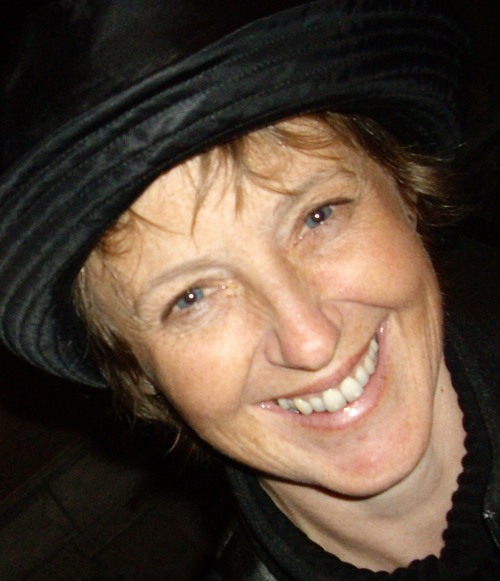Elycia Wallis spoke with us about her many experiences at Museum Victoria with online collections and several other collections-based technologies. It was a fascinating discussion that highlighted participation with museums in an online setting.
Dr. Elycia Wallis, PhD is Manager of Online Collections at Museum Victoria in Australia, where her role covers all aspects of publishing collections information online to Museum Victoria websites and beyond. She has worked in the museum sector for sixteen years, starting as a collection manager, then moving into bioinformatics, library informatics, and web project management. Originally trained as a scientist, she holds a PhD in Zoology and has more recently completed a Masters in Knowledge Management. Elycia is the current Chair of the Global Biodiversity Heritage Library Executive, a committee that oversees a project that aims to digitize and make freely available biological literature. She is also node manager for the Australian Biodiversity Heritage Library which runs under the auspices of the Atlas of Living Australia. Elycia is the immediate past Chair of the Faunal Collections Informatics Group, a committee that manages open access to the Australian, collections based, distributed biological datasets. Recent projects for Elycia and her team at Museum Victoria have included producing the Taxonomic Toolkit for Marine Life of Port Phillip Bay, creating a channel for Museum Victoria on HistoryPin, managing Museum Victoria’s contribution to the Google Art project, and developing an iOS app called the Field Guide to Victorian Fauna.
Participation with Online Collections
With over 75,000 records online, Museum Victoria has a rather comprehensive online collection. Elycia spoke on ways in which her team at Museum Victoria has made viewing the collection a participatory experience by offering a comments area and social tagging capabilities. The online collection will be going through some updates soon, and one feature that Elycia would like to see implemented is a way for like-minded people to connect with one another on Museum Victoria’s website. With new features such as these, members of the public that search and view similar items would be able to interact, building a social network around Museum Victoria’s collection.
Another interesting piece of information Elycia shared about Museum Victoria’s online collection concerned what types of users were viewing the collections. It is easy to assume that only the general public use these resources, so designs are targeted towards them. However, in Museum Victoria’s case, a substantial amount of their staff uses the online collection throughout their daily responsibilities. Considering that only particular staff would be allowed to view the museum’s internal collection software, this makes sense in hindsight. Therefore, when designing an online collection, museums should keep their staff in mind and design websites to meet their needs as well.
Other Technologies
Elycia discussed the use of other web-based technologies, specifically apps and sites such as HistoryPin. These technologies can offer museums the chance to speak to a wide range of public around the world. When developing museum experiences on these technologies, a global audience should be kept in mind, but this should not come to the detriment of a museum’s local audience. In the case of the Field Guide to Victorian Fauna, an iOS app, the needs of local Australians must be met, as the app is intended to be used while out and about in nature.
The Google Art Project
Elycia also directly spoke about Museum Victoria’s involvement in the Google Art Project. As a scientific and cultural museum, there was some trepidation about the museum’s involvement in this project; however one look at their page will demonstrate that the museum holds many indigenous cultural objects that have great heritage and artistic value.
Other Topics
Elycia spoke on a variety of other topics including crowdsourcing, open access, resistance and difficulties with past projects, and how her PhD in Zoology has played a role in her position at Museum Victoria. Be sure to listen to the full interview below to hear Elycia speak on these and other topics related to her career in museums.
Elycia will be presenting at the Museum Computer Network Conference on Thursday, November 8, 2012. You can follow her on Twitter at @elyw.
Listen to the interview
Listen to the streaming audio above or download the mp3 file.
